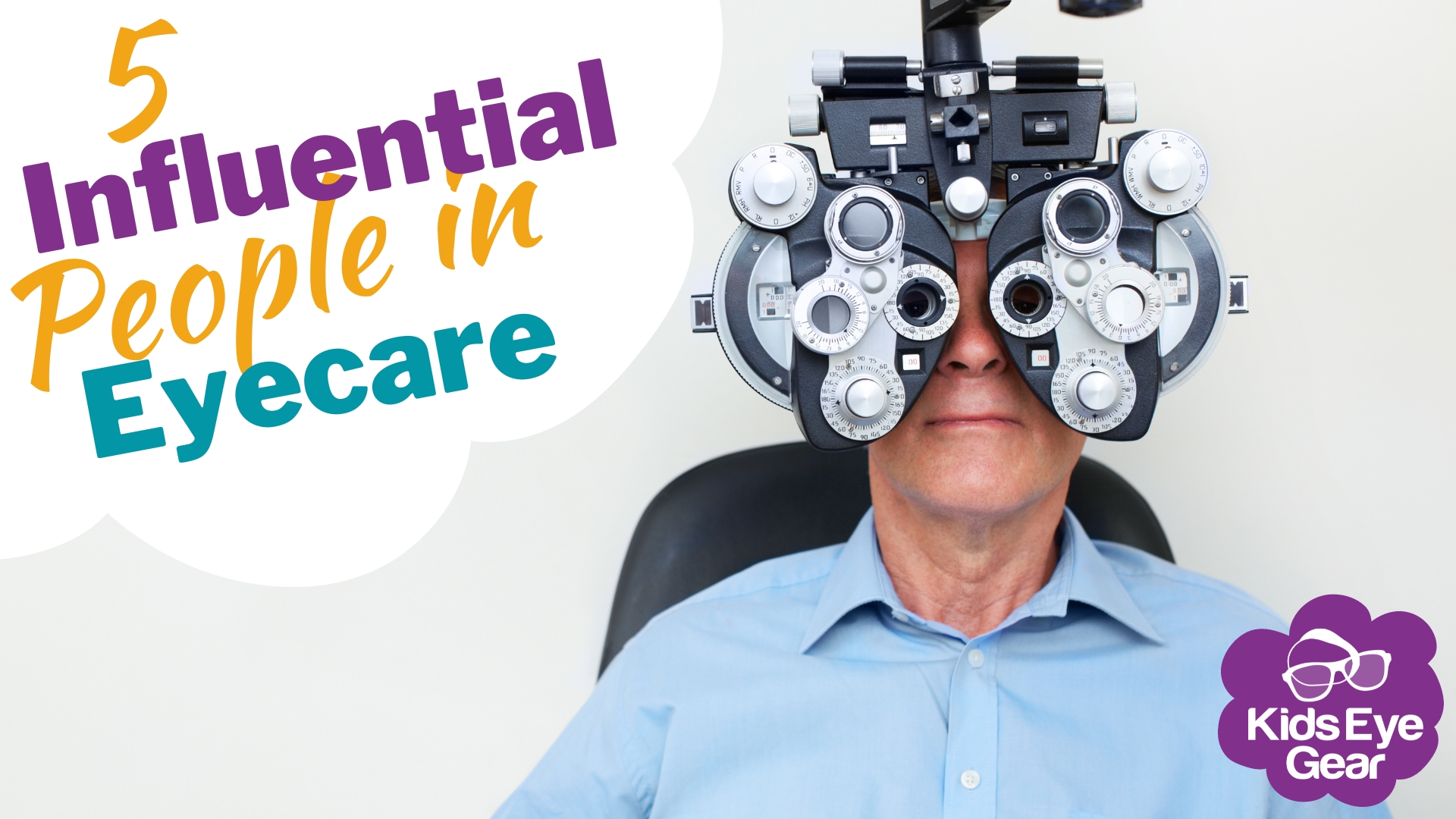5 Influential and Important People in the History of Eyecare
10th Apr 2023

Eyecare is such an essential aspect of overall healthcare because, without healthy and proper vision, the world would be a very different place. Over time there have been many advancements in this field, taking us from basic eye exams to complex surgical procedures. Much gratitude is owed to the many influential and important people in the history of eyecare who've dedicated their careers to ensuring better vision for all.
Here are five notable people who may not all be household names, but their contributions to the advancement of eyecare have certainly helped countless people worldwide.
Fred Hollows
Fred Hollows was an Australian ophthalmologist known for his work in the prevention of blindness in developing countries. He established eye clinics in remote and under-resourced areas of the world, training local doctors to perform sight-saving surgeries. Hollows is also credited with developing intraocular lens implantation, a surgical procedure for treating cataracts.
Fred Hollows dedicated his life to the prevention of blindness and made significant contributions to the field of eyecare. His work continues to inspire and influence generations of eyecare professionals worldwide, and his name lives on through the great work done by the Fred Hollows Foundation.
Professor Robert Augusteyn
Professor Robert Augusteyn is an Australian researcher renowned for his work studying the lens of the eye and its development. His research on cataract formation and treatment has significantly contributed to our understanding of the disease and has led to the development of innovative and sight-saving treatments.
As cataracts are one of the leading causes of blindness worldwide, Professor Augusteyn's work in advancing our understanding of eye diseases continues to result in better treatment and care for patients.
Professor Ida Mann
Professor Ida Mann was a British ophthalmologist who made significant contributions to the corneal transplantation and immunology field. She was also one of the founding members of the International Agency for the Prevention of Blindness, an organisation established in 1975 dedicated to preventing and treating blindness worldwide.
Professor Mann's work on corneal transplantation and immunology continued when she and her husband relocated from England to live in Perth, Australia. She was a passionate advocate for improved eye health for First Nations Peoples, and at the request of the Western Australian Public Health Department and the Royal Flying Doctor Service, she visited remote Aboriginal communities, as well as Papua New Guinea, to deal with the prevalence of communicable eye diseases such as trachoma.
In 1954-55 she was the president of the Ophthalmological Society of Australia, and by 1972 she had written 143 papers and articles. She helped establish the Ophthalmologic Research Institute of Australia, where she served on the committee from 1953 - 1974.
Louis Braille
At age only 3, Louis Braille was injured in the right eye by a cobbler's tool when playing in his father's workshop. It was the early 1800s, and at the time, there was no medical knowledge that could save his eyesight. His left eye then became inflamed, and he eventually lost sight in that eye too. So by the age of 5, he was completely blind.
He is most well known for inventing the Braille system; a method of reading and writing for the blind. His invention profoundly impacted the education and independence of visually impaired people worldwide, and in 2005, the Braille alphabet was recognised by UNESCO as "a vital language of communication, as legitimate as all other languages in the world."
His legacy continues to live on in the field of eyecare, where this assistive technology has helped millions lead independent lives.
Penhryn Thomas
In 1939, Penhryn Thomas qualified as an optometrist and saw an entrepreneurial opportunity in the field of eyecare.
At a time when very few practitioners fitted contact lenses - and well before the development of plastic corneal lenses, he established a Sydney city practice specialising in contact lenses.
He is credited as being the first Australian optometrist to manufacture contact lenses made from polymethyl methacrylate, and he then went on to make plastic contact lenses for other optical professionals as well as teach them to mould and fit the lenses.
Highly influential in bringing contact lenses into Australian mainstream optometry in the 1960s, he also had an international presence and reputation.
The contributions of these influential figures have had a profound impact on the vision and eye health of millions of people worldwide. From preventing blindness to developing innovative treatments, each of these people has played a crucial role in advancing the field of eyecare. As we move forward and treatments advance even further, it's important to recognise and celebrate the achievements of these individuals and thank them for their contributions. We must also continue to strive for the same level of progress and dedication to improving eye health to ensure that every person has access to quality eye care and treatments, allowing them to lead full lives with healthy vision.

